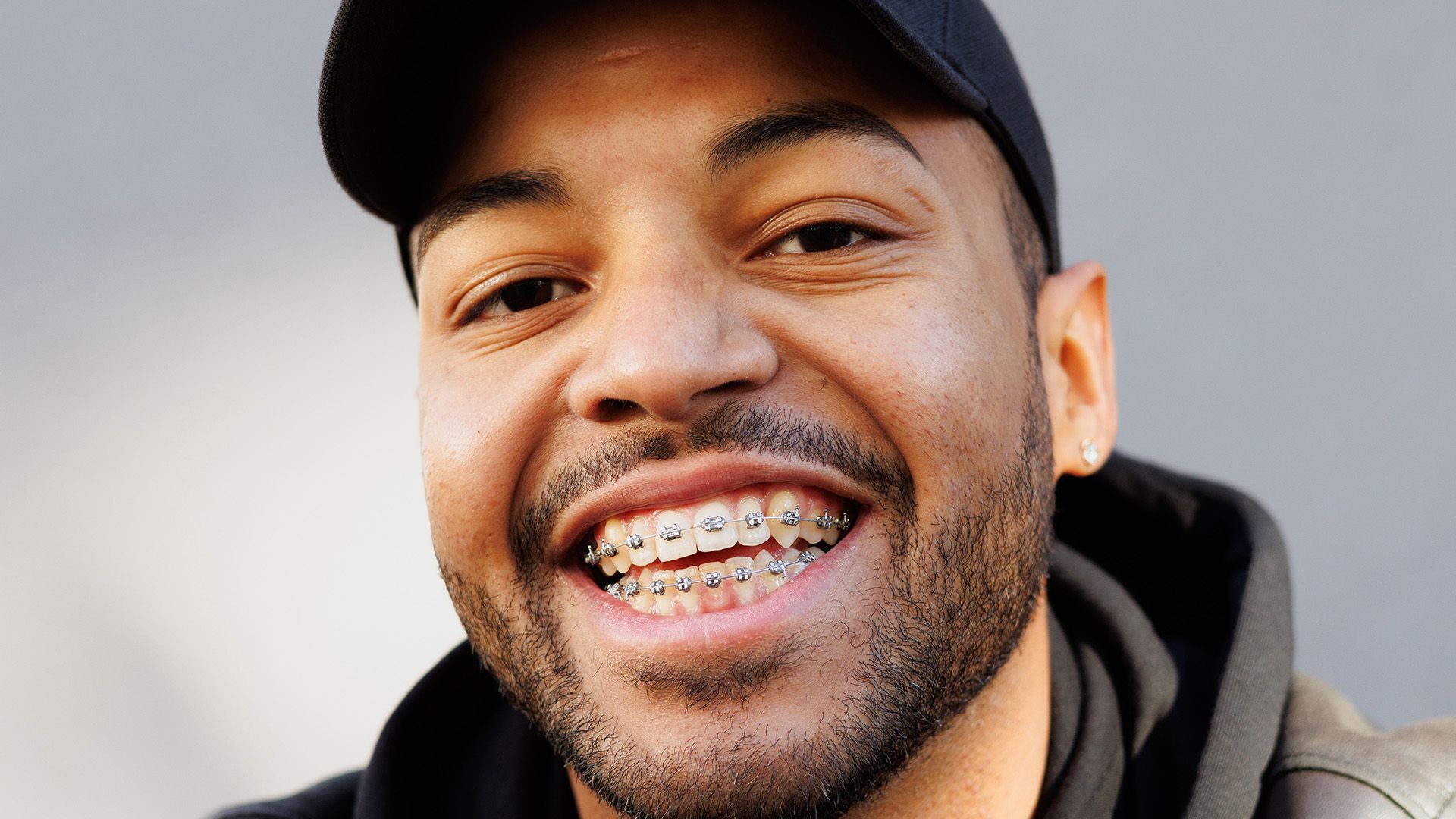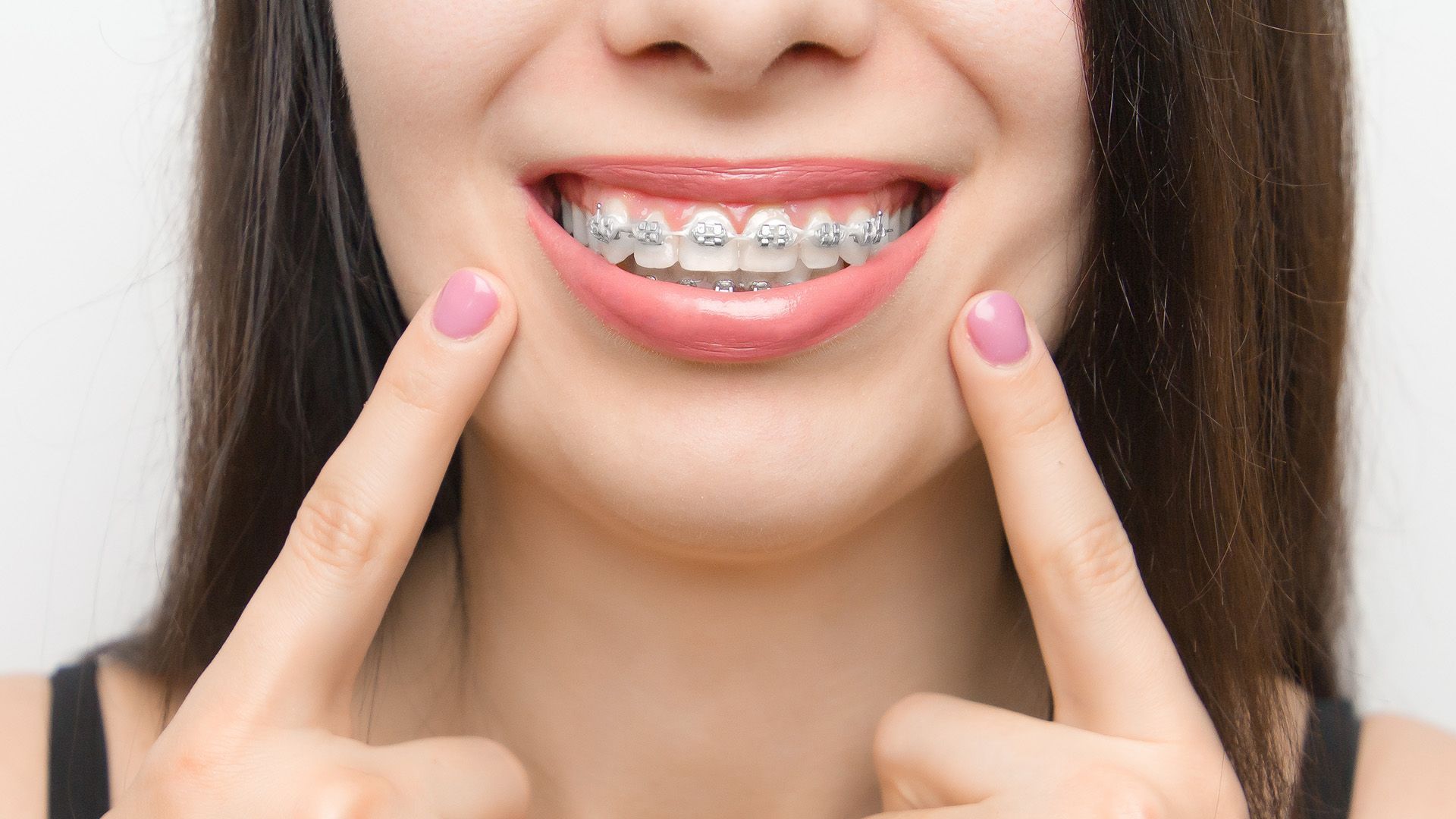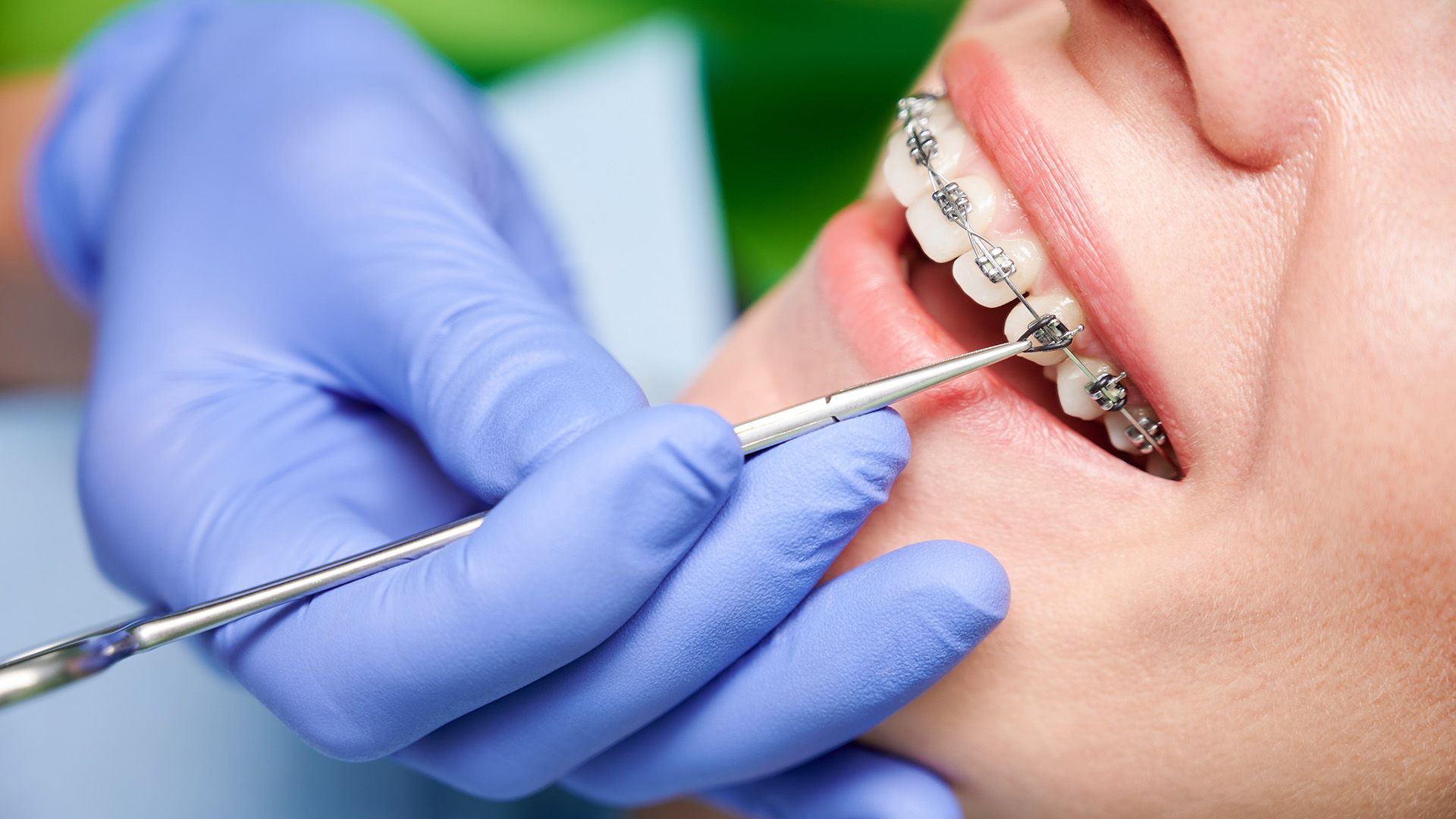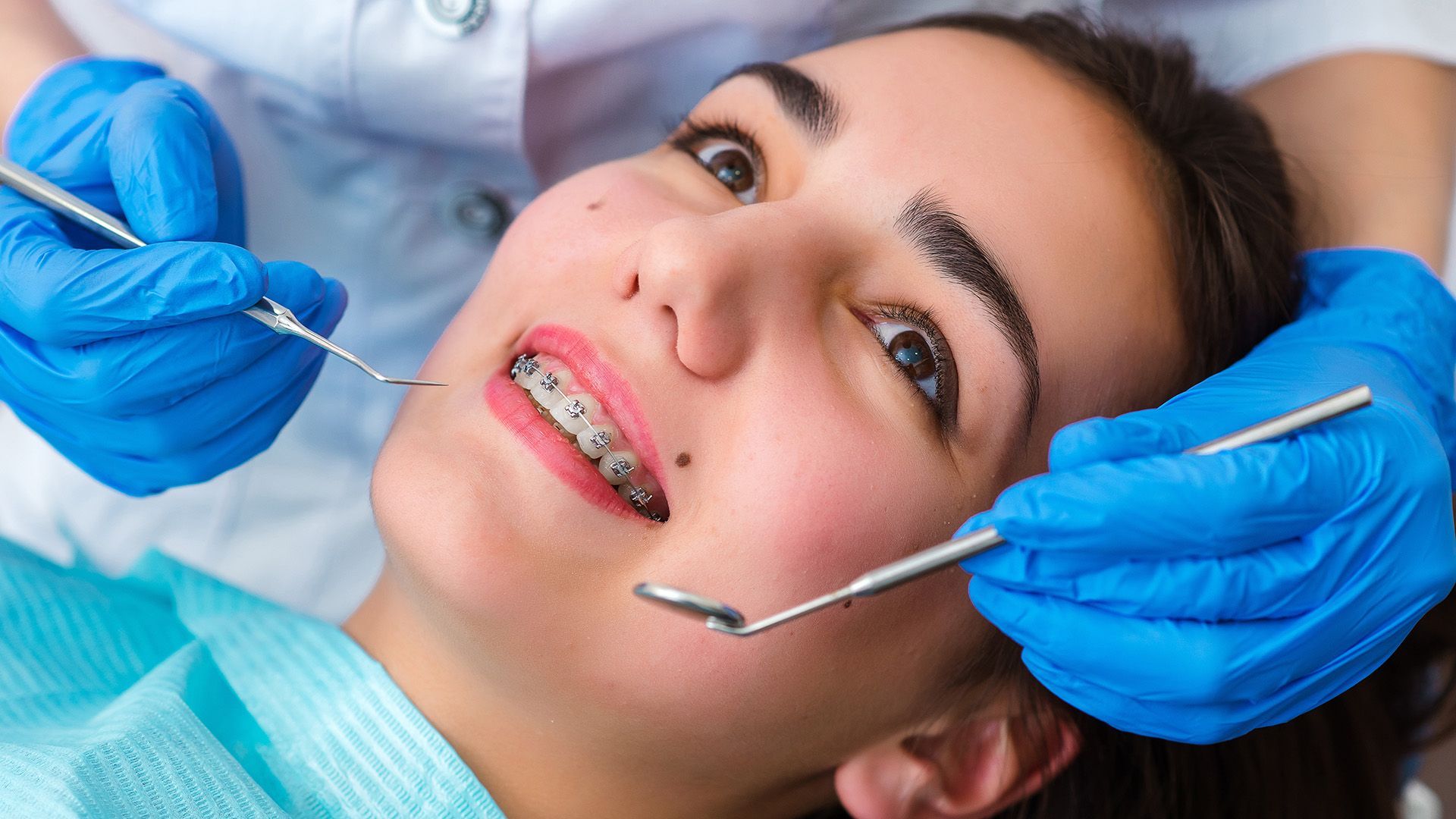How Soon Can I Get Braces After Wisdom Teeth Removal?
If you’re planning orthodontic treatment and recently had your wisdom teeth taken out, you’re likely wondering about the ideal timing to begin braces. The short answer: it depends on how your mouth heals and what your orthodontic goals are. Many patients also ask, if an orthodontist removes wisdom teeth. Typically, an oral surgeon performs extractions while the orthodontist coordinates timing. Use this overview to understand wisdom tooth extraction for braces, how soon can I get braces after wisdom teeth removal, what a typical healing timeline looks like, how long many patients wait, and why starting too early can create setbacks. You’ll also find practical steps to prepare your mouth for braces and how a team confirms you’re ready using a tailored assessment and imaging.

Why Wisdom Teeth Are Often Removed Before Braces
Third molars commonly emerge in the late teens or early twenties, and because jaw space is limited, they can crowd other teeth, become impacted, or trap bacteria that lead to decay and infection. Removal is frequently recommended when these teeth are impacted beneath the gums or bone, show decay that’s hard to treat, cause gum inflammation, form cysts, or threaten nearby teeth. Taking out problematic third molars can protect your long-term oral health and make orthodontic movements more predictable. In some cases, wisdom tooth extraction for braces is part of the overall plan to reduce crowding risk.
Unmanaged third molars can complicate how teeth move and settle. Crowding pressure from erupting or impacted third molars can make alignment more challenging and may lengthen the time needed to achieve a stable bite. The answer to how soon you get braces after wisdom teeth removal depends on the condition of the extraction sites, the resolution of swelling, and your personalized plan.
Common signs that third molars may need attention include tenderness or stiffness near the back of the jaw, swollen or bleeding gums around the last molars, recurring infections, persistent bad breath that doesn’t improve with hygiene, or visible shifting and crowding as these teeth attempt to erupt. If you’re noticing any of these concerns, an evaluation can determine whether wisdom tooth extraction for braces is appropriate and when it should occur in relation to your appliance placement.
The Healing Timeline After Wisdom Teeth Removal
To determine how soon can I get braces after wisdom teeth removal, it helps to understand the stages of recovery. Many patients feel significantly better within 3 to 7 days, as swelling and soreness decrease. Soft tissues often close and strengthen over 2 to 3 weeks, while deeper repair within the extraction sites can continue for 6 to 8 weeks. Your providers will look to your oral surgeon’s clearance and your specific healing progress to decide when appliance placement is appropriate.
Recovery tends to follow predictable phases. In the first 24 to 72 hours, swelling, mild bleeding, and tenderness are expected, and rest is essential. By days 3 to 7, swelling usually subsides and daily activities become easier. Weeks 2 to 3 bring continued soft tissue closure and stabilization of gum tissue. From weeks 4 to 8, bone and deeper tissues remodel and strengthen. Once your providers confirm stable healing without complications, braces placement can typically proceed after wisdom tooth extraction for braces has fully stabilized.
Your timeline may be shorter or longer depending on several factors. Complex extractions—like deeply impacted third molars, often prolong recovery. Pre-existing gum or tooth issues, smoking or vaping, poor hygiene, or not following post-op instructions can slow healing and increase the risk of infection. Supporting your body with balanced nutrition, hydration, and adequate rest helps recovery. If you’re eager to begin orthodontic treatment, coordinate a follow-up with your surgeon and a consultation with your orthodontist so they can review your healing and determine the safest start date.
How Long to Wait Before Getting Braces
A common guideline is to wait about two to four weeks after wisdom teeth removal before starting braces. This timeframe allows early healing to take place and swelling to resolve. That said, the “right” timing varies based on your procedure and how quickly your tissues recover. Your providers will look for specific signs before clearing you to start, rather than relying on a calendar alone. When asking how soon you can get braces after wisdom teeth removal, expect your team to assess both soft tissue closure and deeper healing.
It’s important to give your mouth enough time to recover. Orthodontic appliances apply controlled pressure that moves teeth through bone and gum support. If tissues are still inflamed or fragile, you may have more discomfort, and the risk of irritation around extraction sites can increase. Indicators that you may be ready include minimal pain, no active bleeding, reduced swelling, healthy soft tissue closure, and your dentist or oral surgeon confirming that healing is on track. Consistent oral hygiene and no signs of infection are also critical checkpoints when planning wisdom tooth extraction for braces.
A practical approach is to complete diagnostics, such as photos, X-rays, digital scans, and records, while you finish healing. That way, once you’re cleared, treatment can begin promptly without unnecessary delays. If you’re unsure who handles extractions, remember the common question: does an orthodontist remove wisdom teeth? The orthodontist coordinates timing, while an oral surgeon typically performs the removal.
Why Starting Braces Too Soon Can Be Risky
Placing braces before extraction sites have stabilized can lead to complications and even prolong your overall treatment. Brackets and wires can irritate tender tissue, contribute to swelling, and increase the risk of infection. Discomfort from starting prematurely can also make it harder to keep the area clean, something that’s crucial to avoid problems like delayed healing or dry socket early on.
Beginning orthodontic movement before stable healing can interfere with how teeth track, potentially causing inefficient movement or unwanted shifts. That can lead to extended treatment times, additional adjustments, or revised plans. Close coordination with your oral surgeon after wisdom tooth extraction for braces helps ensure your mouth is ready, so tooth movement occurs smoothly and safely.
Red flags that suggest you should wait include persistent pain at the extraction sites, ongoing swelling, bleeding, discharge that could indicate infection, limited ability to open your mouth comfortably, lingering numbness, or difficulty maintaining hygiene. If any of these symptoms occur, contact your providers before scheduling bonding. They’ll assess recovery, review imaging if needed, and set an appropriate timeline so you can start braces with confidence.
How to Prepare Your Mouth for Braces After Extraction
The best way to be ready for braces quickly is to prioritize healing and oral health right away. Most patients can begin once the extraction sites have stabilized and swelling is minimal, often a few weeks, depending on your surgeon’s advice and your individual recovery. Remember, asking how soon you can get braces after wisdom teeth removal is only part of the equation; following recovery guidelines is just as important.
Follow these steps during recovery to set yourself up for success:
- Keep extraction sites clean by rinsing gently with saltwater as directed by your oral surgeon.
- Brush twice daily with a soft-bristled toothbrush and floss carefully, avoiding trauma to healing areas.
- Avoid smoking or vaping, which can slow healing and raise complication risks.
- Take medications only as prescribed, and use cold compresses in the first 48 hours to reduce swelling.
- If you notice unusual pain, swelling, bleeding, bad taste, or fever, contact your provider promptly.
Eat with healing in mind. For the first several days, choose soft, cool options such as yogurt, smoothies, applesauce, mashed potatoes, scrambled eggs, cottage cheese, and soups that have cooled. Avoid hard, crunchy, spicy, or very hot foods, and skip straws to reduce the risk of dry socket. As comfort returns, gradually reintroduce a balanced diet rich in protein, fruits, and vegetables to support tissue repair.
Make sure to attend all post-extraction appointments to confirm proper healing. Then schedule your orthodontic consultation. You’ll review updated imaging as needed and coordinate with your surgeon to determine the earliest safe start date for braces after wisdom tooth extraction for braces has adequately healed.
What to Discuss at Your Orthodontic Consultation
Before asking how soon can I get braces after wisdom teeth removal, book a consultation to review your oral health and goals. Share details about your extraction, including the date, which teeth were removed, and whether they were impacted. Discuss your healing progress and any symptoms such as swelling, bleeding, numbness, or discomfort. Bring your dentist or oral surgeon’s notes, a list of current medications, and information about habits like smoking or nighttime clenching that might influence healing or tooth movement.
Arrive with questions about timing and what milestones indicate readiness. Ask when soft tissues should be fully closed, whether residual swelling could delay appliance placement, and if additional imaging, photos, X-rays, or digital scans, is needed to confirm healing. Clarify whether you can complete records and planning now and then start braces once you reach a specific recovery benchmark. You might also ask how the removal of third molars could affect tooth movement, comfort in the first weeks after bonding, and your follow-up schedule.
Your orthodontic team’s role is to coordinate your care and design a plan that protects your healing and meets your alignment goals. They will monitor the extraction sites and time bracket placement or aligner delivery to support gum and bone health, ensuring your plan reflects how soon can I get braces after wisdom teeth removal based on your healing progress.
Your Next Steps
If you’re planning braces after having your third molars removed, timing your start date is key to both comfort and results. Many patients begin within two to four weeks, while others benefit from a longer wait depending on the complexity of their surgery and how they heal. The surest path is to follow your post-op instructions closely, keep your follow-up visits, and meet with your orthodontic team for a readiness evaluation that considers wisdom tooth extraction for braces and your personal recovery.
With proper coordination between your orthodontist and oral surgeon, you can transition from recovery to treatment seamlessly. Your team will confirm that your extraction sites are stable, complete your orthodontic records, and launch your plan as soon as you’re cleared. If you’re still wondering how soon you can get braces after wisdom teeth removal, schedule a consultation to review your healing, clarify whether the orthodontist removes wisdom teeth or refers to a surgeon, and set the right timeline for a healthier, more confident smile.













